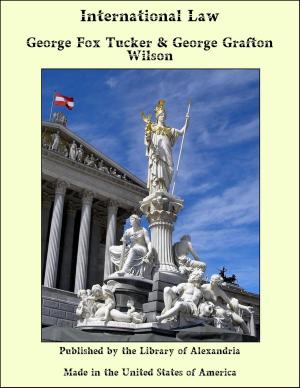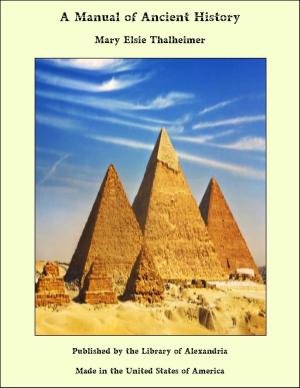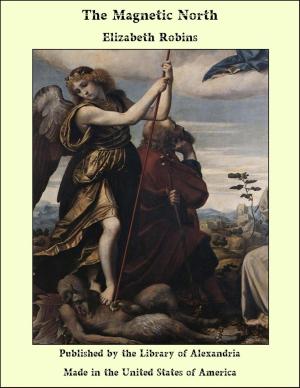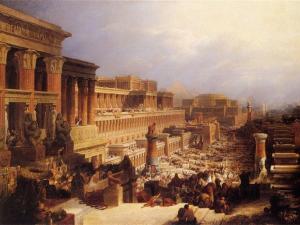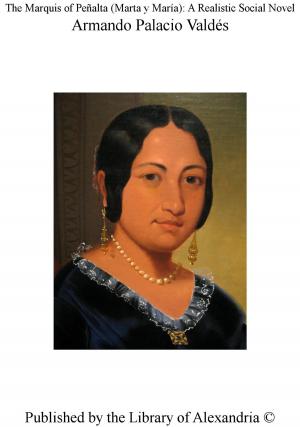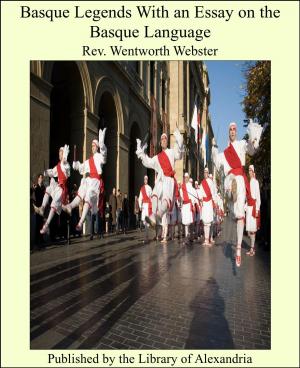Adapa's Treatise on Sumerian Religion
Nonfiction, Religion & Spirituality, New Age, History, Fiction & Literature| Author: | Adapa of the The Twin Rivers Rising | ISBN: | 9781465526953 |
| Publisher: | Library of Alexandria | Publication: | March 8, 2015 |
| Imprint: | Language: | English |
| Author: | Adapa of the The Twin Rivers Rising |
| ISBN: | 9781465526953 |
| Publisher: | Library of Alexandria |
| Publication: | March 8, 2015 |
| Imprint: | |
| Language: | English |
Creation mythology is generally divisible into two types: Cosmogony - relating to the creation of the 'Cosmos', and Anthropogony - relating to the creation of humanity. The distinction is important because while specific texts exist relating to Sumerian anthropogony, no direct texts exist relating to Cosmogony. Rather, what we do know of their beliefs on the matter must often be gleaned from wholly unrelated texts. Though the cosmogonies presented in these texts are subject to some variation, distinct patterns can be grasped which give important insight into the Sumerian beliefs regarding the creation of the cosmos. Two fairly dissimilar approaches can be seen in Sumerian texts. The first, called the Eridu Model, relates to the beliefs of those situated in the southern regions of the country. The realm of the primal divine here is neither heaven, nor earth, but water. This realm is defined by the term Engur. This term is synonymous with Abzu, the "sweet waters of the deep," and is defined as the subterranean source of the waters which emerge from beneath the ground. This water was believed to be the source of the fertile marshes which gave life to this region of the country. The sign used for Engur can also be used for Nammu, the Mother Goddess prevalent in early Mesopotamian theology. Texts describe Engur/Nammu as 'the mother, first one, who gave birth to the gods of the universe.' "She is a goddess without a spouse, the self-procreating womb, the primal matter, the inherently female and fertilizing waters of the abzu." The Northern Model substitutes the primacy of water with the duality of earth and sky. "Heaven and Earth here are both regarded as prima materia and generators of life; this is made explicit by the fact that they are both equated with the symbol Engur" Sometimes one or the other is considered to have existed first. In the god-list, for example, An is said to be born of Earth, i.e. Uras (the masculine earth), and Ninuras (the feminine earth). A genealogy of Enlil also describes the earth as having appeared first, but focuses solely on its feminine, agricultural aspect. The text concerning the origin of the "toothworm" (thought to be the source of toothaches) lists the sky as being first, "After Anu had created heaven, heaven had created earth, Earth had created rivers, rivers created canals, canals created the marsh, the marsh created the worm."
Creation mythology is generally divisible into two types: Cosmogony - relating to the creation of the 'Cosmos', and Anthropogony - relating to the creation of humanity. The distinction is important because while specific texts exist relating to Sumerian anthropogony, no direct texts exist relating to Cosmogony. Rather, what we do know of their beliefs on the matter must often be gleaned from wholly unrelated texts. Though the cosmogonies presented in these texts are subject to some variation, distinct patterns can be grasped which give important insight into the Sumerian beliefs regarding the creation of the cosmos. Two fairly dissimilar approaches can be seen in Sumerian texts. The first, called the Eridu Model, relates to the beliefs of those situated in the southern regions of the country. The realm of the primal divine here is neither heaven, nor earth, but water. This realm is defined by the term Engur. This term is synonymous with Abzu, the "sweet waters of the deep," and is defined as the subterranean source of the waters which emerge from beneath the ground. This water was believed to be the source of the fertile marshes which gave life to this region of the country. The sign used for Engur can also be used for Nammu, the Mother Goddess prevalent in early Mesopotamian theology. Texts describe Engur/Nammu as 'the mother, first one, who gave birth to the gods of the universe.' "She is a goddess without a spouse, the self-procreating womb, the primal matter, the inherently female and fertilizing waters of the abzu." The Northern Model substitutes the primacy of water with the duality of earth and sky. "Heaven and Earth here are both regarded as prima materia and generators of life; this is made explicit by the fact that they are both equated with the symbol Engur" Sometimes one or the other is considered to have existed first. In the god-list, for example, An is said to be born of Earth, i.e. Uras (the masculine earth), and Ninuras (the feminine earth). A genealogy of Enlil also describes the earth as having appeared first, but focuses solely on its feminine, agricultural aspect. The text concerning the origin of the "toothworm" (thought to be the source of toothaches) lists the sky as being first, "After Anu had created heaven, heaven had created earth, Earth had created rivers, rivers created canals, canals created the marsh, the marsh created the worm."


